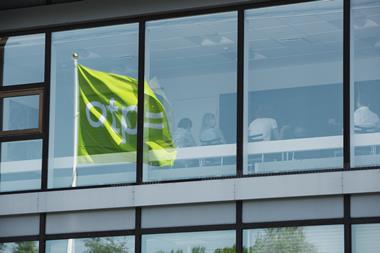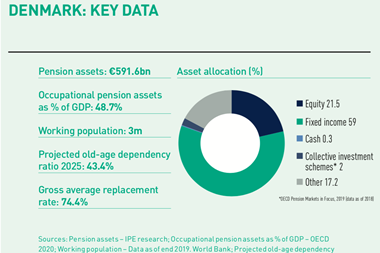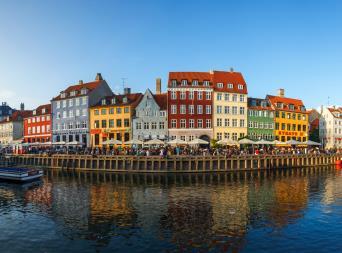Danish pension and insurance providers continued expanding their allocations to unlisted investments in the first half of this year, with these assets now making up more than a quarter of overall portfolios, according to new statistics from the country’s central bank.
By the end of June, the average allocation to unlisted investments for pension and insurance businesses stood at 27%, up from 23% at the beginning of 2018, figures from Danmarks Nationalbank show.
“The low interest rates on bonds in recent years have contributed to the insurance and pension sector investing more pension savings in unlisted assets,” Danmarks Nationalbank commented in the statistical release.
During the second quarter of this year, the sector invested an extra DKK8bn (€1bn) in assets not listed on a stock exchange, and for January to June as a whole, the sum was DKK45bn.
Since the beginning of 2018, the bank said the sector had invested DKK206bn in unlisted investments.
The increases were due in part to the investors having put more money into unlisted assets, it said, but also a result of changes in the values of the assets.
The bank said unlisted assets may have a higher return than their listed equivalents, partly because they were often less liquid than listed investments and therefore could be more difficult to sell in the short term.
“Insurance and pension companies, which are interested in long-term investments, can thus reap a liquidity premium when they invest in unlisted assets,” the bank said.
Overall figures for unlisted asset investment were broken down into four categories, with the bulk of investments recorded being made through vehicles such as trusts, which the bank said included hedge, venture and capital funds as well as private equity companies.
New investments from the pensions and insurance sector in these vehicles amounted to DKK11bn in the second quarter, bringing the total held by the investors to DKK588bn.
On the other hand, the cumulative future for the category of unlisted credit investments made by the sector went down over the second quarter by DKK3bn.
This category of investment mainly includes credit to real estate and companies, trusts and business services, the bank said.
New real estate investments made in the second quarter – either directly or through companies – amounted to DKK3bn in April to June, the statistics showed.
In the final category of “other” unlisted investments, DKK2bn of assets were sold in the second quarter, the numbers disclosed.
Pension funds in Denmark and elsewhere have seen unlisted, or alternative assets as a key part of their returns strategy amid record-low bond yields.
Denmark’s largest commercial pension provider PFA said earlier this year that after increasing its alternatives weighting over the last few years, it still had capacity to expand it further.
Meanwhile, the Danish Financial Supervisory Authority is scrutinising the pension sector’s valuations of alternatives in the light of large price fluctuations on financial markets, and in June called on pension funds to explain their valuation methods regarding real estate, private equity, infrastructure and illiquid credit investments.


























No comments yet